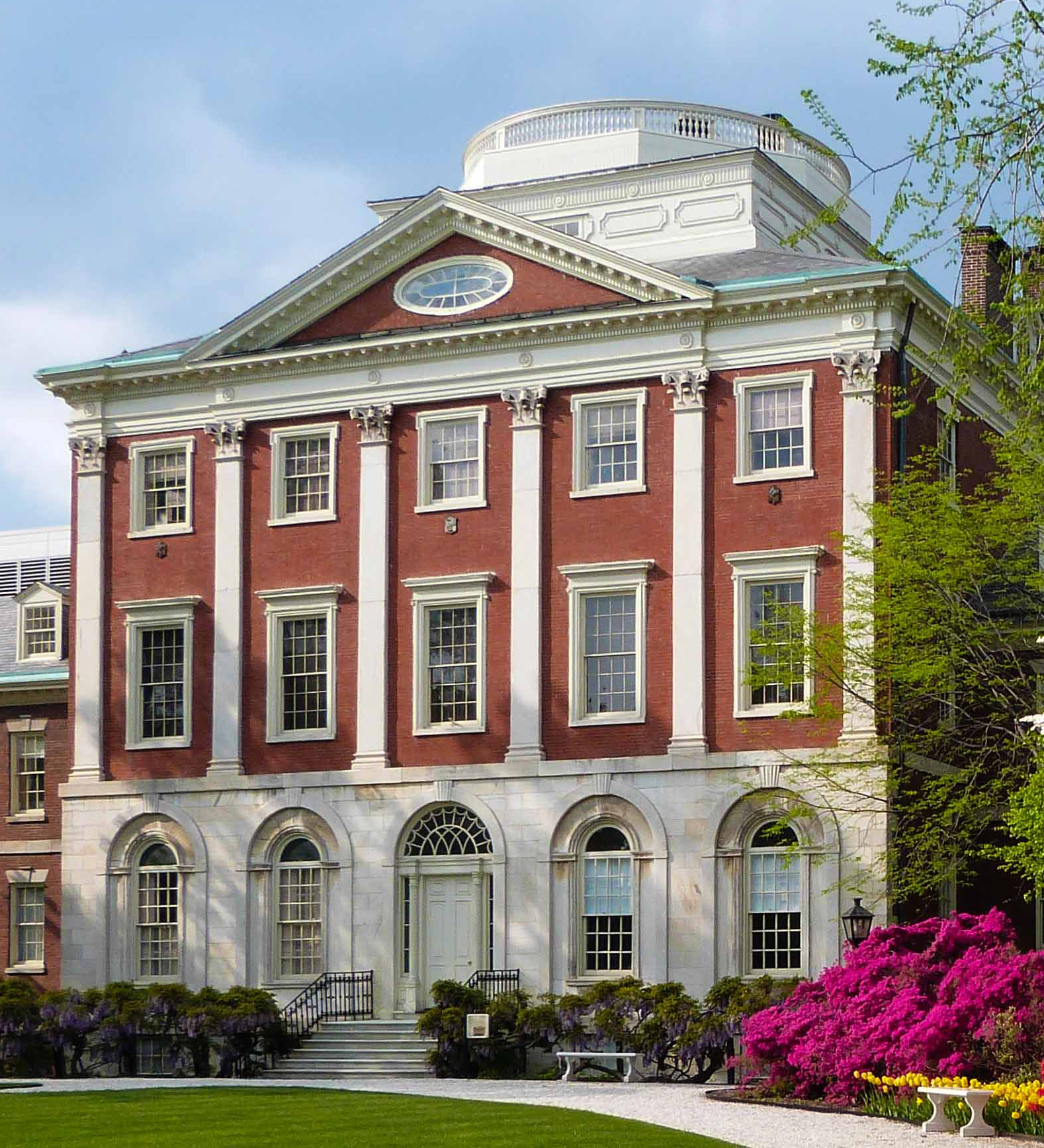As one gets older one tends to spend an inordinate amount of time visiting hospitals. Ours is Pennsylvania Hospital, which bills itself as “the first in the nation” and was co-founded by Benjamin Franklin in 1751. The original building was designed in 1754 by Franklin’s friend, Samuel Rhoads (1711-84), a self-taught carpenter/architect. Rhoads, who was later a delegate to the First Continental Congress and would serve as the city’s mayor, laid out two wings connected to a central pavilion. Only the east wing, a sturdy Georgian brick structure, was built before the Revolution. The west wing and the central pavilion, which included a medical library, were completed in 1805 by David Evans, Jr., according to Rhoads’s general design but in a more refined Adamesque Federal style. While the delicate facade of the entrance pavilion features prominently in the hospital’s literature, the actual entrance is elsewhere, via a banal addition built in the 1970s. No cupolas, no basketweave brickwork or carefully proportioned windows, instead a concrete canopy and a “just the fact ma’am” interior of low suspended ceilings, more like a Days Inn than a civic landmark. Over the last two centuries, while medical expertise has grown remarkably, architectural ambition, not to mention competence, appears sadly diminished.


